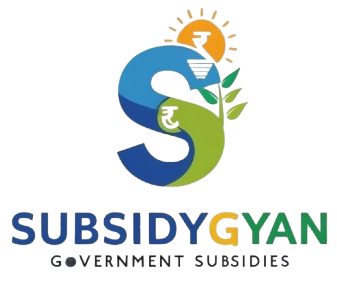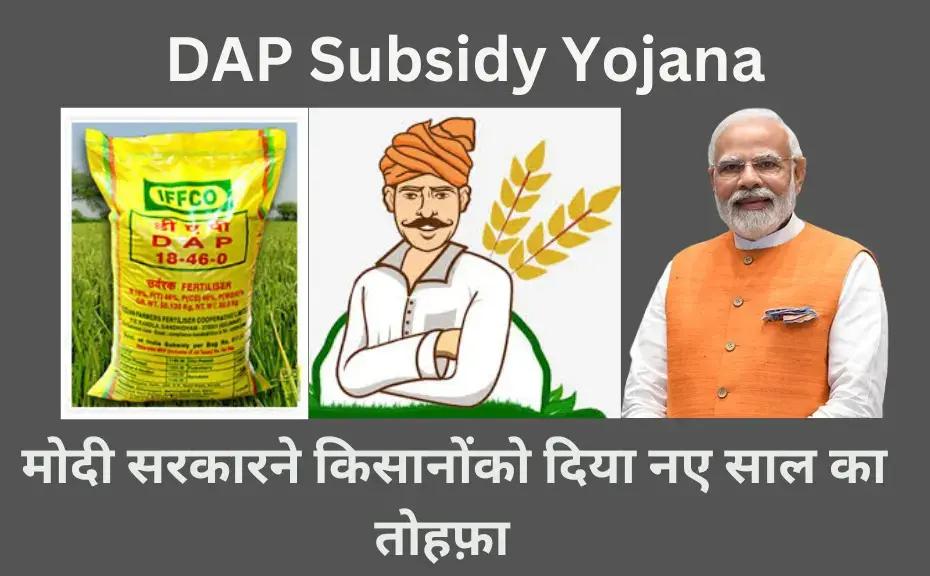Agriculture is the backbone of India, employing nearly 58% of the population and contributing significantly to the GDP. With a growing population and increasing food demand, ensuring agricultural productivity is a top priority. One of the key factors influencing farm output is fertilizer usage, which plays a crucial role in improving soil fertility and crop yield. However, fertilizers are expensive, and many farmers, especially small and marginal ones, cannot afford them at market prices. This is where fertilizer subsidies come into play.
The Government of India provides fertilizer subsidies to ensure that farmers get fertilizers at affordable rates. While this subsidy system has been a lifeline for Indian farmers, it has also raised concerns about fiscal burden, environmental degradation, and policy inefficiencies. In this article, we will explore the importance, structure, benefits, challenges, and prospects of the fertilizer subsidy in India.
What is Fertilizer Subsidy?

A fertilizer subsidy is a financial support system where the government bears a part of the cost of fertilizers, making them available to farmers at a reduced price. This helps farmers lower their input costs and encourages the use of fertilizers, ultimately increasing agricultural productivity.
Why is Fertilizer Subsidy Important?
1. Affordable Farming Inputs – Fertilizers are costly, and subsidies help farmers buy them at lower rates, ensuring better profit margins.
2. Food Security – With the growing population, maintaining high agricultural output is crucial for national food security.
3. Support for Small Farmers – Small and marginal farmers, who constitute 86% of the farming community, benefit immensely from subsidies.
4. Rural Economy Growth – A healthy agricultural sector strengthens the rural economy, generating employment and boosting overall economic growth.
5. Inflation Control – By reducing input costs, subsidies help keep food prices in check, benefitting consumers as well.
Types of Fertilizer Subsidies in India
India has two major types of fertilizer subsidies:
1. Urea Subsidy (Controlled Pricing System)
The price of urea is fixed by the government, and the subsidy covers the difference between the cost of production/import and the Maximum Retail Price (MRP).
Since urea is highly subsidized, its demand is significantly higher than other fertilizers.
2. Nutrient-Based Subsidy (NBS) Scheme
Introduced in 2010, the NBS scheme applies to non-urea fertilizers like Di-Ammonium Phosphate (DAP), Muriate of Potash (MOP), and complex fertilizers.
The subsidy is fixed per kg of nutrients (Nitrogen, Phosphorus, Potassium, and Sulphur), and the final price varies based on market conditions.
Government Reforms and Initiatives
1. Direct Benefit Transfer (DBT) System
To curb corruption and leakages, the government introduced the DBT system in fertilizers. Under this system, subsidies are transferred directly to fertilizer companies only after farmers purchase fertilizers through Point of Sale (PoS) machines linked to Aadhaar authentication.
2. Neem-Coated Urea
To prevent the diversion of subsidized urea for industrial use and improve Nitrogen Use Efficiency (NUE), the government made neem-coating of urea mandatory. This move has helped reduce urea consumption and enhance soil health.
3. One Nation, One Fertilizer (ONOF)
To remove brand-based price disparities, the government launched ONOF, under which all fertilizers are sold under the ‘Bharat’ brand. This standardization ensures fair pricing and easy availability across the country.
4. PM PRANAM Scheme
The PM PRANAM (Promotion of Alternative Nutrients for Agriculture Management) scheme aims to reduce fertilizer consumption by promoting organic and bio-fertilizers. The government incentivizes states that successfully reduce chemical fertilizer use.
Challenges in Fertilizer Subsidy System

1. Heavy Fiscal Burden
The fertilizer subsidy bill has surged past ₹2 lakh crore annually, straining government finances.
The high subsidy expenditure limits investment in other crucial sectors like healthcare and education.
2. Overuse of Fertilizers and Soil Degradation
Farmers often apply excess fertilizers, especially urea, leading to soil degradation, water pollution, and reduced soil fertility over time.
Imbalanced fertilizer use also affects long-term agricultural sustainability.
3. Black Marketing and Diversion
Subsidized fertilizers sometimes get diverted for industrial use or smuggled to neighboring countries, leading to shortages for genuine farmers.
4. Inequitable Distribution
Large farmers often consume more fertilizers than small farmers, leading to unequal benefits from the subsidy system.
Some regions receive more subsidized fertilizers than others, causing regional disparities in agricultural growth.
Future Roadmap: The Way Forward
1. Balanced Fertilization
Promoting scientific and balanced fertilizer use based on Soil Health Cards (SHC) can improve crop productivity and soil health.
Encouraging organic farming and bio-fertilizers can reduce dependency on chemical fertilizers.
2. Rationalization of Subsidies
A gradual price decontrol of fertilizers can help reduce the government’s fiscal burden.
Targeted subsidies for small and marginal farmers rather than a blanket subsidy system can ensure better resource allocation.
3. Stronger DBT Implementation
A more transparent DBT mechanism with real-time tracking can prevent black marketing and ensure that subsidies reach the right beneficiaries.
Integration with blockchain technology could further enhance subsidy distribution efficiency.
4. Encouraging Private Sector Participation
The government should incentivize private players to develop innovative and cost-effective alternatives like nano-fertilizers.
Promoting Public-Private Partnerships (PPP) can enhance research and innovation in the fertilizer industry.
Conclusion
Fertilizer subsidies have been a lifeline for Indian farmers, ensuring affordable inputs and higher agricultural productivity. However, the system also faces significant challenges such as financial burden, environmental concerns, and policy inefficiencies. While government reforms like DBT, neem-coated urea, and ONOF have brought some improvements, there is still a long way to go in making the system more efficient.
Going forward, balanced fertilization, rationalized subsidies, stricter monitoring, and promotion of eco-friendly alternatives will be key to sustaining agriculture while reducing the subsidy burden. If implemented effectively, these changes will not only benefit Indian farmers but also contribute to long-term economic and environmental sustainability.

